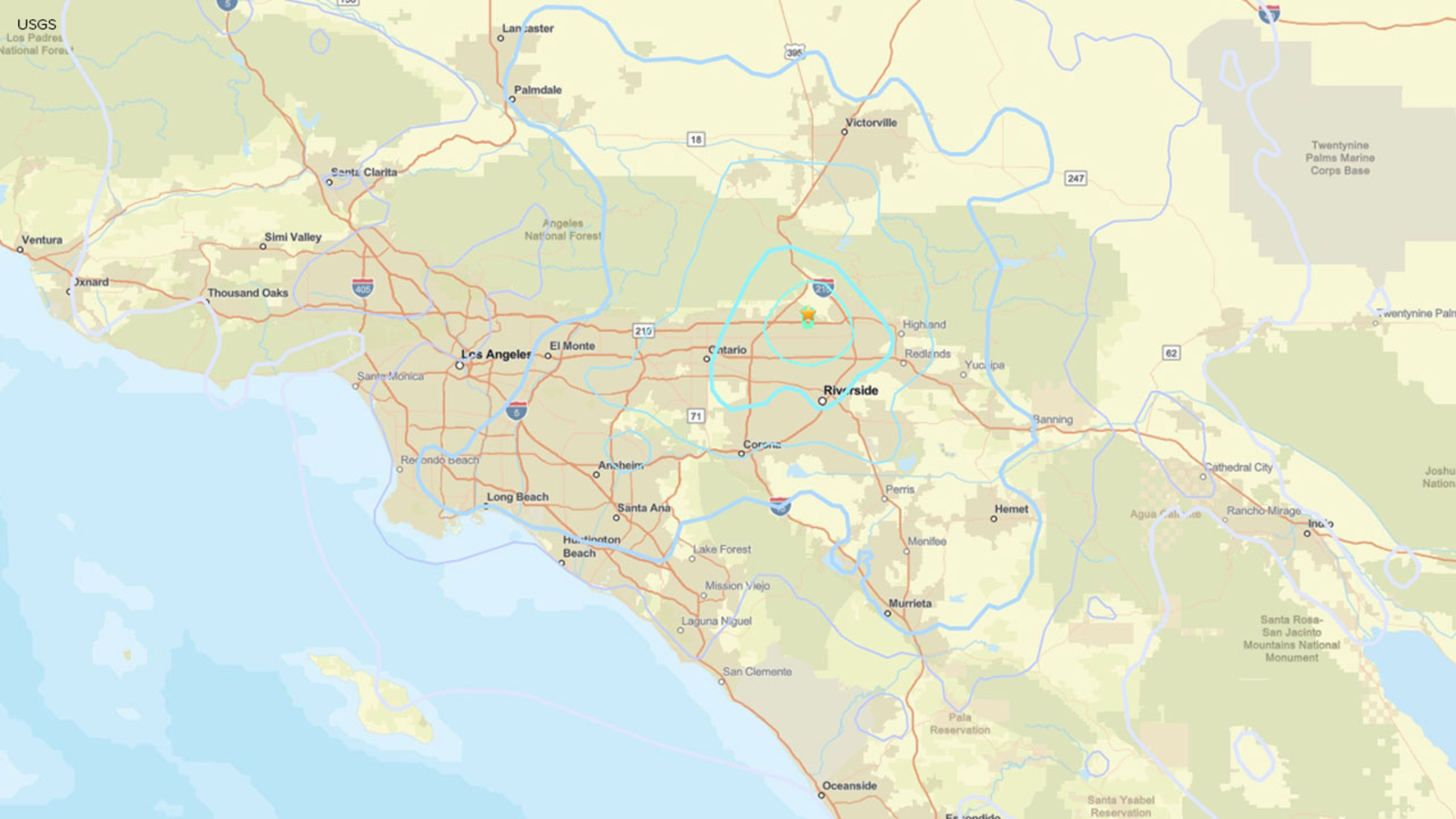What Happened
On July 31, 2025, a preliminary 4.3-magnitude earthquake struck the Inland Empire region of Southern California, specifically near the communities of Fontana and Rialto in San Bernardino County. The earthquake occurred at approximately 9:30 a.m. local time, with the epicenter located in Muscoy at a depth of just over three miles. The tremor was felt across a wide area, including major urban centers such as Los Angeles, Santa Monica, and Long Beach, prompting numerous reports from residents who experienced varying degrees of shaking.
In addition to the main quake, several smaller seismic events were recorded in the vicinity. A 3.1-magnitude aftershock followed just minutes later, and earlier in the morning, two additional quakes measuring 3.0 and 2.8 were reported in Rialto. While the shaking was described by many as a sudden jolt or rolling sensation, there were no immediate reports of significant damage or injuries associated with the earthquake.
Key Details
- Magnitude: 4.3 (initially reported as 4.4)
- Location: Near Muscoy, San Bernardino County, California
- Time: Approximately 9:30 a.m. PDT
- Depth: Over three miles
- Aftershocks: A 3.1-magnitude aftershock occurred about four minutes after the main quake, with earlier smaller quakes of 3.0 and 2.8 reported.
- Areas Affected: Shaking was felt in Riverside, San Bernardino, Los Angeles, Santa Monica, Torrance, Long Beach, Pasadena, and as far as Redondo Beach.
- Public Response: Residents reported feeling the earthquake with varying intensity, with descriptions ranging from a jolt to a rolling sensation.
Multiple Perspectives
The earthquake elicited a range of responses from the public. Many residents took to social media to share their experiences, with some expressing surprise at the intensity of the shaking. For instance, one resident reported feeling the quake while on the seventh floor of an apartment building, describing it as a rolling sensation. Others noted that they were on higher floors of buildings and felt the tremor more acutely.
Seismologists and experts have pointed out that Southern California is seismically active, with a history of earthquakes. According to the U.S. Geological Survey (USGS), the region has experienced approximately 130 earthquakes of magnitude 3.0 or greater since 1990, including eight quakes of magnitude 4.0 or higher. This context suggests that while the recent quake was significant, it is part of a broader pattern of seismic activity in the area.
Context & Background
California is known for its geological instability due to the presence of several major fault lines, including the San Andreas Fault. The state has a long history of earthquakes, which has led to the implementation of strict building codes and emergency preparedness initiatives. The recent earthquake serves as a reminder of the importance of preparedness for residents in seismically active regions.
The USGS has emphasized the need for individuals to maintain emergency kits and to be aware of earthquake alerts, particularly in light of the potential for larger seismic events. The concept of “the big one” refers to a major earthquake that could significantly impact the region, and experts encourage residents to be proactive in their preparedness efforts.
What We Don’t Know Yet
As of the latest reports, there are no confirmed details regarding any damage or injuries resulting from the earthquake. Ongoing assessments by local authorities and emergency services may provide further information in the coming hours and days. Additionally, the potential for further aftershocks remains, as seismic activity can often continue following a significant quake.
While the immediate impact of the earthquake appears to be minimal, the situation is still developing, and residents are advised to stay informed through official channels for updates on any aftershocks or related safety information.


